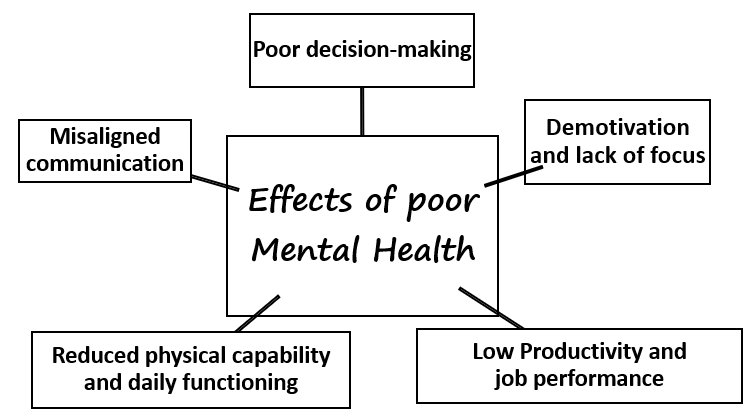|
CERT Pvt Ltd Meeting for the new
appointment and HR Policy AGENDA |
|
Date: 27th
Nov, 2023
Time: 03:45 PM Duration: 45 Minutes
Venue: Seminar Hall,
Second Floor Types of Meeting: Discussion Purpose: Smooth function
in the organization Objective of the meeting: Selection of
new skilled employees
Reforming HR Policy Attendees: Mr. P Sahu, Mr. V K Das,
Mr. E Mathur, Mr. K Shrivastava, Mr. N Pandey & Ms. Renu
|
|
Roles: Host/Chair: Managing
Director, Shri R Rajvanshi Facilitator: Mr. V K Das Note Keeping: Mr. P Sahu Time Keeping: Mr. N Vijay |
|
Call to Order: Shri R
Rajvanshi Roll call: Mr V K Das Reading minutes of the previous meeting: Mr. V K Das
1. Report on the number of vacancies in all the departments- Ms. Renu (5 minutes) 2. Report on
Existing Policy and obsolete clauses-
Mr. K Shrivastava (10 minutes) 3. Recommendation
for new clauses in the policy- Mr N Pandey (10
minutes) 4. Discussion on -
for new appointment-
(10
minutes) 5.
Discussion for approval of clauses-
(5 minutes) |
|
End of the meeting: 4:30 PM
|
|
CERT Pvt Ltd Meeting for the new
appointment and HR Policy 23rd Nov, 2023 NOTICE
A meeting will be held on 27th Nov, 2023 on
Saturday, at 3:45 PM in the Seminar- hall Second Floor to discuss the new
appointments and HR Policy. The meeting will be headed by the Managing
Director, Shri R. Rajvanshi. The following members will take part in the meeting 1. Mr. P. Sahu 2. Mr. E. Mathur 3. Mr. K.
Shrivastava 4. Mr. N. Pandey
and 5. Ms. Ranu Mr V
K Das (Facilitator) |
|
CERT Pvt Ltd Meeting for the new
appointment and HR Policy MINUTES |
|
Date: 27th
Nov, 2023
Time: 03:45 PM Duration: 45 Minutes
Venue: Seminar Hall,
Second Floor Types of Meeting: Discussion Purpose: Smooth function
in the organization Objective of the meeting: Selection of
new skilled employees
Reforming HR Policy Attendees: Mr. P Sahu, Mr. V K Das, Mr. E Mathur, Mr. K Shrivastava, Mr. N Pandey & Ms. Renu Absentees: None |
|
Call to Order: Shri R Rajvanshi, Managing Director has stated the purpose of the meeting and announced the
start of the meeting. Roll call: Mr. V K Das has taken attendance. Reading minutes of the previous meeting: Mr V K Das read the minutes of the
previous meeting and the chair confirmed the minutes. 1.
Report on the number of
vacancies in all the departments is read by Ms. Renu and she mentioned
i. 3 vacancies in the Account section
ii.
2 vacancies in the Technical
department
iii.
5 vacancies in the HR
department
2. A report on Existing
Policy and obsolete clauses is mentioned by Mr K Shrivastava and he objected
on
i. Clause 5th in the Leave section 3. The recommendation for
new clauses in the policy given by Mr N Pandey has been considered by the
chair. Declaration 1.
10 appointments are
approved. 2.
Leave cause has been
amended. |
|
7. Date of next meeting: Agreed for 28th Nov 2023 at 10 a.m. in the board room. 8. Meeting adjournment: Shri R Rajvanshi, The Managing
Director, adjourned the meeting. 9. Minutes submitted by: Mr P Sahu 10. Thanks to Chair: Mr. V K Das 11. Minutes approved by: Shri R Rajvanshi, Managing Director
Signature of Facilitator
Signature of Managing Director |





